While there’s no immediate ban on fluorescent UV-A lamps used in insect light traps, many food manufacturers are already choosing to retrofit with LED. In this blog, we explore why retrofitting makes sense now and the practical steps food businesses can take to plan ahead.
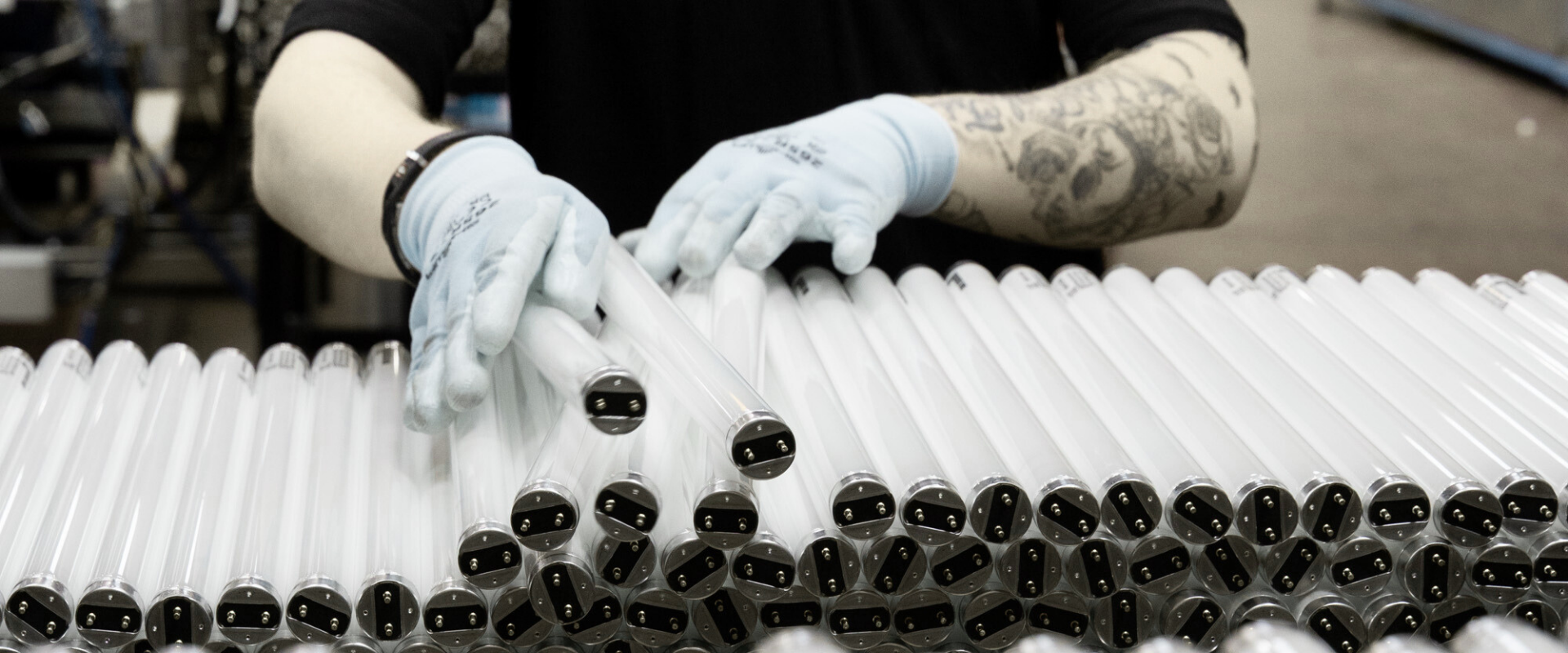
There’s a lot of noise in the pest control and food safety space right now about fluorescent lamps being banned. But let’s be clear: there is no immediate ban on fluorescent insect-attracting lamps (UV-A), and there's no regulatory requirement forcing you to switch right now.
So why are so many businesses, especially in food manufacturing and production, starting to look at LED alternatives?
For food facilities that rely on these traps as a critical line of defence in pest management, this shift is more than just an environmental issue - it’s operational. Because the shift isn’t about urgency, it’s about performance, sustainability, and long-term efficiency. Retrofitting your existing insect light traps (ILTs) with LED lamps is a smart, future-ready move that can enhance fly-catch performance, reduce your environmental impact, and avoid costly upgrades or production disruption.
In this post, we’ll break down why retrofitting is worth considering now, how it compares with full unit replacement, and what features to look for in retrofit solutions to ensure long-term reliability in high-risk environments.
While general lighting fluorescents have been phased out in the UK and EU under the RoHS Directive, special lighting, like the UV-A lamps used in ILTs, is currently exempt. These lamps are still widely available and will remain so until much broader regulatory changes take place. And those changes aren’t anywhere near implementation.
A ban on fluorescent UV-A lamps would require:
In other words: we’re not there yet.
But that doesn't mean standing still is your best option.
Retrofitting existing ILTs with LED lamps isn’t about reacting to a ban. It’s about improving the tools you already rely on, in a way that’s cost-effective, non-disruptive, and sustainable.
Here’s why more food manufacturers are starting to make the switch:
%20(1).png)
Opti-Catch retrofit LED lamps are engineered to exceed the performance of traditional fluorescent tubes. Opti-Catch lamps feature our unique diffusion technology, designed to optimise light distribution. Independent testing shows it enhances insect attraction by 10%. This can make a measurable difference in high-risk or high-compliance areas of your facility.
It is worth noting, that not all Retrofit LED solutions have been performance tested. Make sure that you do your research and look for products that come with a warranty.
One of the biggest advantages of retrofit LED is in the name: retrofit. You don’t need to buy new traps, change fittings, or halt production for installation.
These lamps are designed to fit straight into your existing ILTs, engineered to seamlessly integrate with your existing single, twin, and triple 18" 15W switch-start systems. That means no costly infrastructure changes and no downtime.
With energy savings of up to 66% compared to fluorescents and longer operational lifespans, LEDs are a clear win on the cost front. You eliminate the need for frequent replacements (often annual for fluorescents) and reduce the maintenance burden on technical teams.
Over time, this adds up, especially in facilities running dozens of traps year-round. See what you could save with a switch to Opti-Catch with our savings calculator.
Some LED ILT lamps emit very little visible light, making it hard to tell at a glance if they’re working properly. Opti-Catch LEDs solve this with visible blue LEDs that provide clear visual confirmation that the lamp is powered and operational.
For auditors and site managers, that means faster checks and more confidence in day-to-day compliance.
If you're considering a switch to LED, look beyond just wattage and fit. Here are some key indicators of a high-quality retrofit solution:
.png)
✅ Verified fly catch performance based on independent data
✅ Long operational life and warranty
✅ Compatibility with your existing ILTs and control gear
✅ Visible blue LED indicators for ease of maintenance and audit readiness
Let’s put the myths to rest: there’s no immediate ban on fluorescent ILT lamps looming over the industry. You are not being forced to make changes today.
However, in a sector where performance, reliability, and sustainability matter, retrofit LED offers real advantages, on your terms, not on a regulatory timeline.
With better fly-catch, lower energy use, and seamless integration into your existing setup, it’s more than a future-proofing move. It’s a smart operational choice - now and for the long term.
As the regulatory landscape continues to evolve and sustainability pledges are more prevalent, planning is key. Here’s what food businesses can do now:
Identify how many units are fluorescent-based and where they are located in the facility.
If you’re still using fluorescents, check when they are due for their annual replacement. This may be the ideal time to switch to retrofit LED.
A small-scale rollout in selected zones can help assess performance and fit before a wider switch.
Many contractors are already preparing for the transition and can help with technical advice on compatible lamps.
Change doesn’t have to be disruptive. Retrofitting ILTs with LED lamps offers a smart, scalable way for food manufacturers to adapt to regulatory shifts without compromising on pest control or compliance.
By staying ahead of the curve—and choosing LED solutions designed specifically for high-risk environments—food facilities can reduce uncertainty, maintain audit readiness, and take a meaningful step toward long-term sustainability.
Want to learn more about how Opti-Catch retrofit LED lamps work on your site?
Speak to your pest control provider or contact us for technical details.
.png)
Results from Pest Tech’s Fastest Retrofit Challenge reveal how effortless it is to upgrade insect light traps with Opti-Catch LED lamps. Technicians achieved retrofit times under 20 seconds, reinforcing the speed and practicality of lamp replacements over full-unit changes.
See Results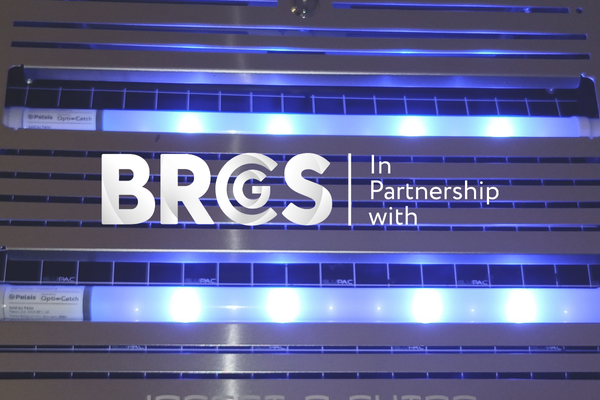
As LED technology becomes standard in insect light traps, material choice matters more than ever. Independent research reveals that glass-bodied, FEP-coated lamps offer superior UV performance and safer operation compared to plastic alternatives, protecting food sites from contamination.
Read More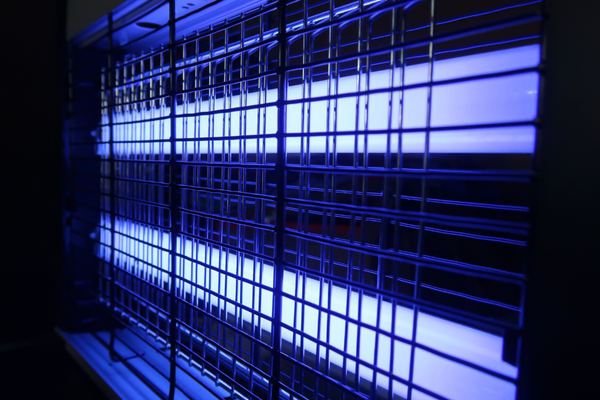
As more facilities consider switching to LED insect light traps, questions remain about performance. Independent testing shows Opti-Catch retrofit UV LED lamps don’t just match - they outperform fluorescent lamps, while delivering energy savings, longer life, and sustainability benefits.
Read More.png)
LightingEurope has requested an extension to RoHS exemptions for UV fluorescent lamps, securing their use in insect light traps until at least 2028. Despite the extention, Opti-Catch retrofit LED lamps already deliver energy savings and sustainability benefits - without replacing existing traps.
Read More
At first glance, LED might seem like an environmentally friendly solution. But switching to LED isn't automatically “green.” Many LED traps on the market today require completely new units to be installed. Discover how retrofitting with LED supports circular economy goals and avoids unnecessary waste.
Read More.png)
With growing interest in LED alternatives for insect light traps, it’s essential to distinguish between facts and assumptions. This post breaks down the current regulations, clarifies confusion surrounding the 2027 exemption, and outlines how retrofit LED lamps can offer a balanced approach.
Read More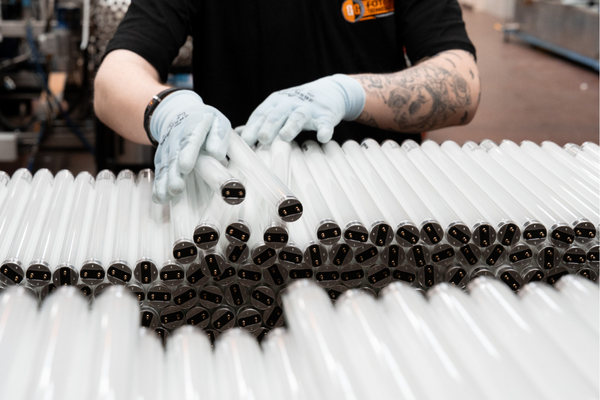
Discover why food manufacturers are switching to LED insect light trap lamps, even without a ban. This practical guide explains the benefits of retrofitting, from improved fly catch and lower energy use to audit-ready performance, all without replacing existing equipment or disrupting operations.
Read More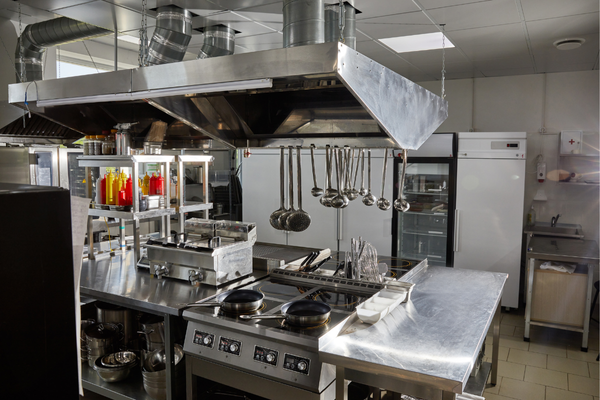
Explore how UV fly traps work to control flying insects in commercial and domestic environments. Learn the science behind UV attraction, how these traps capture flies, and why they’re a clean, chemical-free solution for effective pest management.
Read MoreFill out the contact form below to enquire